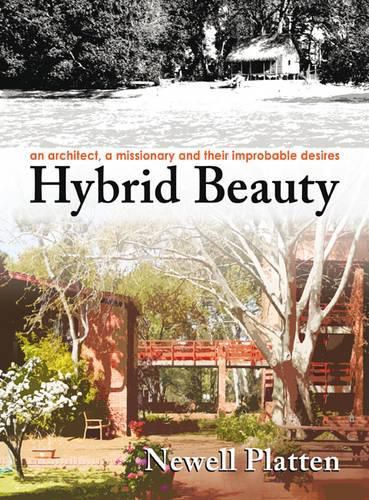‘One lives a life, then reflects upon it’ - but rather than just write about himself as a successful architect in Adelaide, Newell Platten uses his story as preface to the adventures of his father Gil, finding compelling links in the guiding principles of their apparently very different lives. A somewhat eccentric missionary in pre-war New Ireland, Gil spread the Methodist word in remote islands, building houses and roads, attending a wedding overtaken by volcanic eruption and escaping in a small boat from the Japanese invasion. Increasingly he saw how the so-called superstitious beliefs and customs of pre-Christian cultures had given practical assistance in everyday matters in a way not replaced by Christianity, leaving his charges bereft in the advance of western modern life. His post-war return led to disillusionment. His son frames this story with an account of his own travels and career. The firm Dickson and Platten he formed with Bob Dickson became known as an initiator of a style called South Australian Regional, a warm and rustic way of building emphasising materials; it played a core role in SA Modernism. Along with active roles in the planning of Adelaide in the 1960s and ‘70s, Newell Platten also became Chief Design Architect of the SA Housing Trust and a Commissioner on the proposed city of Monarto. An epilogue connects son and father. The power of Methodism is integral to both men’s lives, for one a belief for dissemination yet critically reviewed, for the other a rejected faith but formative background. A source of high aims in each.
Read More





